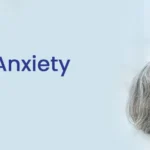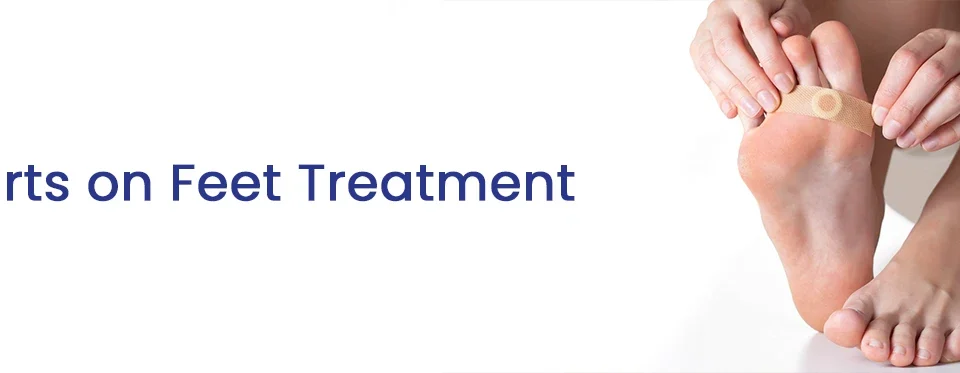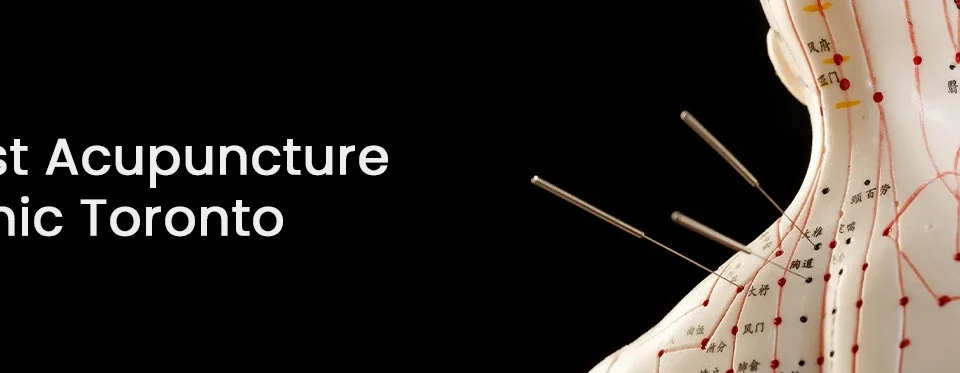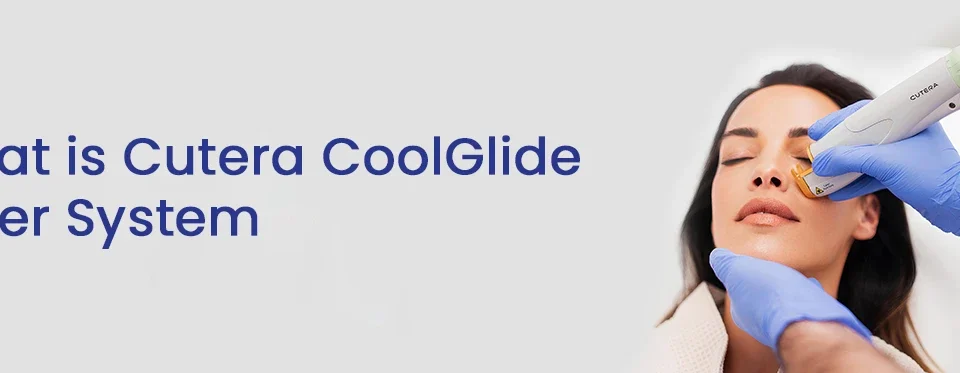
Laser Hair Removal for Dark Skin – Safe, Effective and Long-Lasting
July 2, 2025
Acupuncture Anxiety Treatment
July 15, 2025Acupuncture is a form of Traditional Chinese Medicine (TCM) that involves inserting thin needles into specific points of the body to promote healing, balance, and relaxation. Among the many acupuncture applications, one lesser-known but powerful technique involves acupuncture in top of head. This specific area, rich in meridian intersections and energetically significant in TCM, can provide therapeutic benefits for various physical and mental conditions.
In this comprehensive guide, we will explore the science and philosophy behind acupuncture on top of head, the most significant acupuncture spots on the head, and how it is used for healing conditions such as stress, insomnia, anxiety, headaches, and more. At Nell Clinic (Center of Acupuncture in Toronto), this method is used as part of holistic wellness programs aimed at enhancing the mind-body connection.
Understanding Head Acupuncture
The Philosophy Behind Acupuncture
Acupuncture is rooted in the concept of Qi (pronounced “chee”), or vital energy, which flows through the body along meridians. Any blockage or imbalance in the Qi flow is believed to cause illness. Acupuncture works by stimulating specific points on the body to restore the balance of Qi and support the body’s natural healing mechanisms.
Why the Head Is Important in Acupuncture
The head houses the brain, which regulates thoughts, emotions, hormonal balance, and the autonomic nervous system. In TCM, the top of the head is especially important because it is the meeting point of multiple yang meridians, including the Governing Vessel (Du Mai), Bladder meridian, and Gallbladder meridian.
By stimulating acupuncture spots on the head, practitioners aim to influence not just physical conditions but also mental and emotional states.
Acupuncture Spots on Head
Baihui (GV20) – The Most Common Spot
Baihui, or GV20, located at the very top of the head, is one of the most commonly used points in head acupuncture. It is known as the “Hundred Convergences” point, as it connects all yang meridians. Stimulating GV20 is said to elevate yang energy, calm the spirit, and raise consciousness.
Common Uses:
- Anxiety and depression
- Fatigue
- Cognitive enhancement
- Headaches and dizziness
Sishencong (EX-HN1)
Surrounding Baihui, Sishencong has four points arranged in a square around GV20. These points enhance the effects of Baihui and are especially useful in treating neurological and emotional disorders.
Common Uses:
- Insomnia
- Memory loss
- Epilepsy
- Stress relief
Taiyang (EX-HN5)
Though not located at the top, Taiyang is another important acupuncture spot often used with scalp acupuncture. It is found in the temple region.
Common Uses:
- Tension headaches
- Eye problems
- Migraine relief
Benefits of Acupuncture in top of head
Mental Clarity and Focus
Acupuncture on top of head improves cerebral circulation and helps reduce brain fog. It has enhanced focus and clarity, especially in patients with attention issues or burnout.
Mood Regulation
By targeting acupuncture spots on head like GV20 and Sishencong, practitioners help patients regulate their emotions. This has shown promise in treating conditions like depression, anxiety, and post-traumatic stress disorder (PTSD).
Pain Management
Head acupuncture is particularly effective for managing chronic headaches, migraines, and neck tension. It can serve as a natural pain relief alternative to medication.
Hormonal Balance
Acupuncture on top of head can also influence hormonal pathways by stimulating areas connected to the hypothalamus and pituitary gland.
What to Expect During the Procedure
At Nell Clinic, a consultation begins with a full evaluation of the patient’s medical history and current concerns. A licensed acupuncturist then locates the relevant acupuncture spots on head and gently inserts sterilized, single-use needles.
The session typically lasts 30 to 60 minutes. Most patients report a sense of relaxation, slight tingling, or warmth during the procedure. It is common to feel rejuvenated or calm after the session.
Safety and Precautions
When performed by a trained professional, head acupuncture is extremely safe. However, patients should disclose any history of seizures, head trauma, or bleeding disorders prior to treatment.
Integrating Head Acupuncture with Other Therapies
Acupuncture on top of the head can be used in combination with:
- Red light therapy – available at Nell Laser & Cosmetic Clinic (Best Acupuncture Clinic Toronto)
- Massage
- Mindfulness
- Nutritional counselling
This integrative approach enhances the effectiveness of the treatment and supports overall wellness.
Conclusion
Acupuncture on the top of head is a potent, non-invasive therapy that can balance both body and mind. By targeting key acupuncture spots on the head, such as GV20 and Sishencong, patients may experience significant improvements in mental clarity, emotional health, and physical well-being.
We integrate this ancient practice with modern wellness solutions at Nell Clinic to provide personalized, safe, and effective treatment plans. If you are looking for a holistic approach to healing, consider scheduling a consultation to see how acupuncture on the top of the head can benefit you.
For more information, read chapter 8 of the “Love Your Skin” book available on Amazon: click here
FAQ
Is acupuncture on top of head painful?
Not usually. Patients might feel a slight pinch or tingling sensation during needle insertion, but it is generally painless and relaxing.
How many sessions are needed?
The number of sessions depends on the condition being treated. Chronic issues like anxiety or insomnia may require 6–10 sessions, while acute pain may improve with 2–3 sessions.
Are there any side effects?
Minor side effects like slight bruising, dizziness, or fatigue can occur, but are rare and short-lived.
Can anyone undergo head acupuncture?
Most people can safely undergo the procedure, but it is not recommended for those with active infections, uncontrolled epilepsy, or severe blood disorders without medical clearance.
Does insurance cover this treatment?
Some insurance plans may offer partial or complete coverage. It’s best to consult with your provider.




